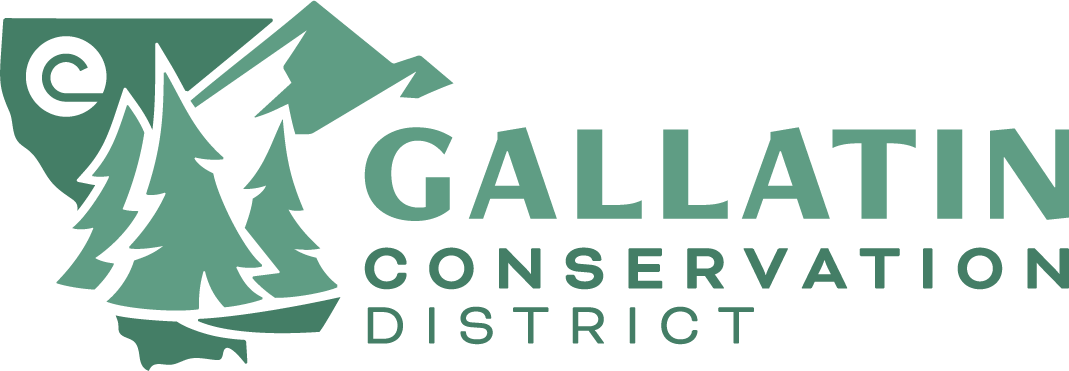
Why Pollinators Matter:
We can thank pollinators for at least every third bite of food we eat. That is, approximately 75% of the worlds flowering plants and 35% of our food crops rely on animal pollinators to reproduce (MT NRCS). They’re also necessary for the plants we use for spices, medicines, raw materials, and even fabrics. Indirectly, we also rely on pollinators for clean air, healthy habitats, and beautiful landscapes. This is because without pollinators, plant communities world wide could collapse.
Pollination happens when pollen is transported from the anther (male part) of one plant to the stigma (female part) of another plant. This process fertilizes the plant and results in the production of fruits and seeds. Pollinators act as a vector transporting pollen grains from plant to plant. When pollinators visit plants their bodies pick up pollen grains that are then deposited on the next plant, transferring genetic material vital for plant reproduction (Pollinator Partnership).
Montana’s Native Pollinators:
In Montana, insect pollinators include native bees, honey bees, beetles, flies, moths, and butterflies. Vertebrate pollinators include birds, bats, and small mammals. Almost 40 agricultural crops grown in Montana rely on pollination by these species (MT NRCS). Montana is also one of the top honey producing states in the nation, which wouldn’t be possible without our hard-working pollinators.
Threats to Montana’s Pollinators:
According to the International Union for Conservation of Nature (IUCN), at least 185 pollinator species are considered threatened or extinct across the world. Currently in the United States 4 bat, 22 bird, 8 bee, and 38 other insect pollinator species are listed as endangered under the Endangered Species Act (U.S. Fish and Wildlife Service: Pollinators). The largest threats to native pollinators include:
- Habitat loss and fragmentation
- Excessive or improper use of pesticides and insecticides
- Disease and parasites
- Competition from invasive species
Due to these threats, pollinator populations world-wide are decreasing in both abundance and range. If further declines are not prevented or reversed, both wild habitats and croplands could be detrimentally affected. Continued declines could likely have severe economic and ecological consequences.
What You Can Do:
Take action to support pollinators on your property by implementing these three steps:
- Recognize the pollinators and pollinator habitat already on your property.
- Avoid causing undue harm to your pollinators and pollinator habitat.
- Provide additional, good-quality habitat.
Your property is likely already home to some pollinators. It’s important to maintain these populations. Step back and look around. Are there patches of flower plants? Do you have areas of undisturbed soil? Do you have a wide variety of native plants on your property? If so, then you are already on your way to supporting native pollinators.
Next, prevent damaging the pollinator habitat you already have by not over watering. Many pollinator species nest in the ground and can be flooded by excessive watering. Try using drip irrigation systems or misters and reduce the duration of watering if soil becomes saturated. Also carefully consider your use of pesticides and insecticides. Read the labels carefully to avoid excessive amounts and don’t apply near patches of flowering plants.
Finally, improve your pollinator habitat by planting native species. While non-native flowering species will attract pollinators, many of Montana’s pollinator species rely on native plants for nesting habitat. Check with a local nursery to determine which native plants will suit your needs and are pollinator-friendly.
 Gallatin Pollinator Initiative:
Gallatin Pollinator Initiative:
Want to help conserve pollinators but need some help? If you are interested in planting beneficial pollinator habitat on your property, we can help! Check out the Gallatin Pollinator Initiative webpage to learn more.
Additional Pollinator Resources:
Youtube videos by MSU Extension: Urban Insects and Pollinators playlist
Xerces Society for Invertebrate Conservation
MT Natural Resource Conservation Service: Insects & Pollinators
MT Natural Resource Conservation Service: Pollinator Conservation Takes Off in Montana
MT Natural Resource Conservation Service: Creating and Enhancing Habitat for Pollinator Insects
Montana Native Plants for Pollinator-Friendly Plantings
Creating Native Landscapes in the Northern Great Plains and Rocky Mountains
U.S. Fish & Wildlife Service: Pollinators
United States Forest Service: Attracting Pollinators to Your Garden Using Native Plants

 Gallatin Pollinator Initiative:
Gallatin Pollinator Initiative: